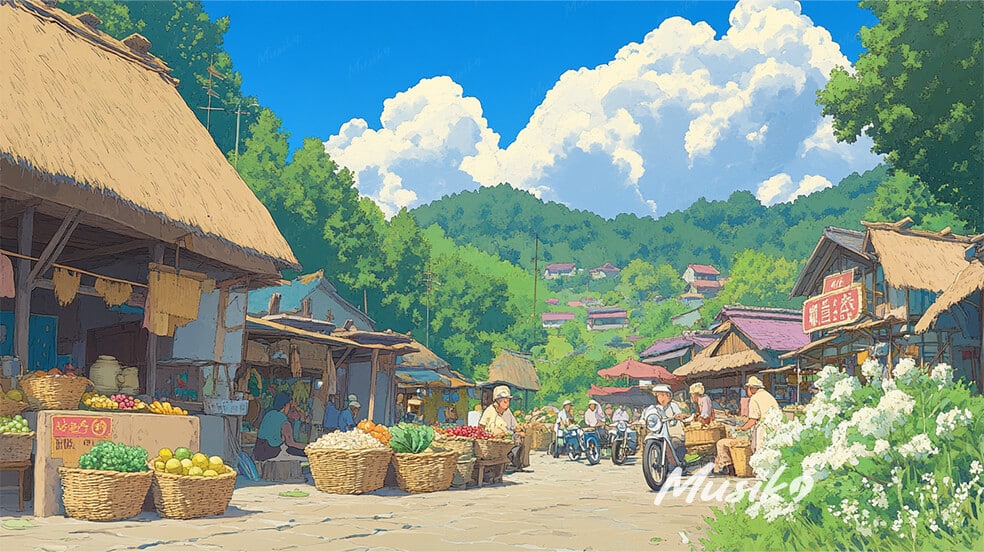🌴 Discover Pahamudin
Nestled quietly within the heart of the Special Geographic Area (SGA) in Maguindanao del Norte, Pahamudin is a peaceful yet culturally rich municipality that’s just waiting to be explored. While it may not be on the typical tourist map—yet—this charming town is full of raw natural beauty, authentic Maguindanaon heritage, and local flavors that will captivate your senses.
📍 Where Nature Whispers Peace
Pahamudin is embraced by lush greenery, serene rivers, and tranquil farmlands. It’s an ideal destination for travelers seeking off-the-grid escapes and community-based eco-tourism. While there aren’t mainstream resorts, the land itself is the star attraction. Think scenic bamboo footbridges, rice paddies that dance with the wind, and hills with panoramic views of BARMM’s untouched countryside.
🕌 Landmarks and Culture
The heart of the town beats in its mosques and prayer houses, echoing the deep spiritual life of the predominantly Muslim population. Traditional torogan-style homes, inspired by royal Maranao architecture, can still be spotted, showcasing the people’s ancestral roots and artistic pride.
🍲 Taste the Tradition
Food in Pahamudin is soul-satisfying and rich in tradition. Try the beloved pastil (rice topped with shredded beef or chicken wrapped in banana leaf), tiyula itum (a black beef soup spiced with burnt coconut), and kulma (a Maguindanaon curry-style dish). Meals are not just food—they’re a reflection of centuries-old customs and hospitality.
🎉 Festivals and Community Spirit
Although Pahamudin doesn’t hold grand commercial festivals, local celebrations like Islamic feasts (Eid al-Fitr and Eid al-Adha) are deeply respected and joyfully commemorated. Expect communal prayers, feasting, and vibrant gatherings that unite families and neighbors in a spirit of brotherhood.
🎶 Music and Traditions
Music here is mostly rooted in kulintang ensembles, an ancient form of percussive music made of gongs and drums. Whether during weddings, community events, or cultural performances, you’ll hear rhythms that tell stories of resilience, love, and harmony.
📸 What Pahamudin is Known For
Pahamudin may be modest in size, but it shines with pride in its peace-loving people, cultural authenticity, and commitment to progress without losing tradition. It’s becoming a symbol of hope and development within BARMM’s evolving landscape.







